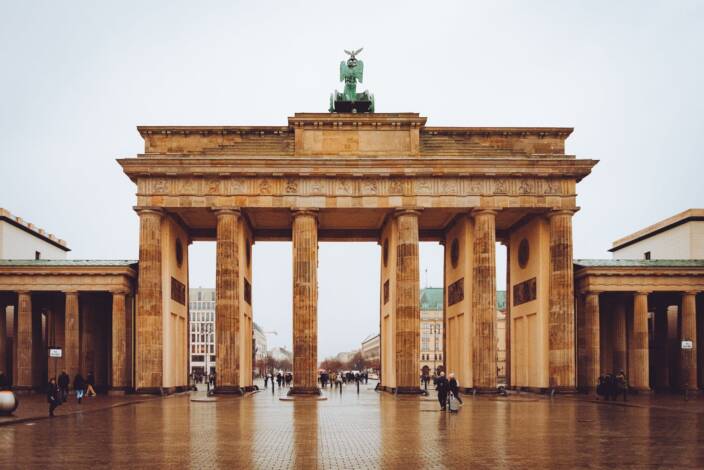
30 Years After German Unification, Tourism Officials Look For Better Days
October 5, 2020 ctn_admin
It’s hard to believe it’s been 30 years since Germany was unified.
The Berlin Wall fell in 1989 but the country wasn’t formerly unified as a single Germany until 1990.
| On October 3, 2020 all of Germany celebrated the 30th anniversary of German reunification. The peaceful revolution in the GDR, the fall of the Berlin Wall on November 9, 1989 and the opening of the inner German borders eventually led to German unity. That made it possible to jointly market tourism for all 16 states in Germany. The German National Tourist Board (GNTB) is drawing an outstanding balance on the occasion of the anniversary for the international performance of Destination Germany. After reunification 31.3 million overnights were counted for the old federal republic, the former GDR including Berlin had 3.4 million overnights. Until 2019 all-German incoming increased by a factor of 2.6 to 89.9 million. Petra Hedorfer, Chairwoman of the GNTB Executive Board, said the events in 1989/90 as a milestone for the successful development of incoming tourism for the subsequent years. “The success of reunification is particularly reflected in the above average growth of the new federal states including Berlin,” she said. “The number of overnights by foreigners increased there by a factor of 6.2 to 21.1 million overnights. “At the same time the proportion of the new federal states as part of the German incoming in total has more than doubled from around ten percent in the beginning of the 90s to now 23 percent. Carefully restored historical cities and towns in particular developed into visitor magnets, for example the capital of the state of Saxony, Dresden. Dresden registered 960.000 overnights by foreign visitors in 2019.” Corona pandemic as the turning point However, the corona pandemic means a deep caesura (a pause) in the anniversary year for the success story of German incoming tourism. During the current year overnights are anticipated to decrease by at least 51.1% to 44.1 million compared to the previous year, according to studies by Tourism Economics. This approximately corresponds to the numbers of 2004. “According to the recovery scenarios by Tourism Economics we will be able to continue to build on the numbers of 2019 for incoming tourism by 2023,” Hedorfer stated. “With our strong touristic offers in all 16 federal states and the excellent positioning as a travel destination competing internationally, we are confident to overcome these challenges and will emerge strengthened from this crisis.” Excellent positioning with competition opens up perspectives for the recovery The recovery program of the GNTB is based on clearly communicating the strengths of Destination Germany and to link that with current customer needs. After evaluating the results of the World Travel Monitor of IPK International for the year 2019, Germany is the culture and city destination number 1 for the Europeans. As an international European luxury destination for worldwide travel, a nature destination for worldwide travel as well as the destination for young Europeans, Germany ranked second place. Germany is in the business travel segment trade fair destination number 1 worldwide and the leading MICE destination in Europe. Looking at the changing travel behaviors of many consumers worldwide and taking into account extensive consumer and market analysis the GNTB currently focuses its marketing activities on the campaigns “#WanderlustGermany”, “FeelGood” and “German Summer Cities reloaded” to position Germany as a safe and sustainable travel destination even in times of crisis. |

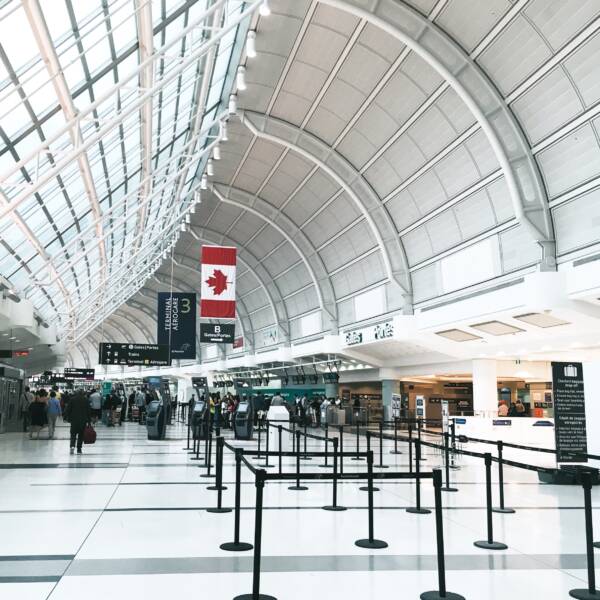
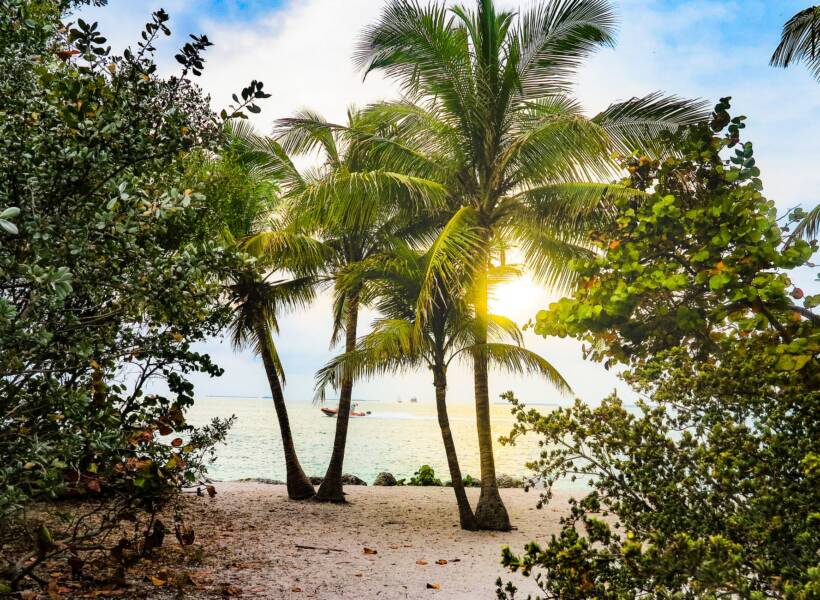

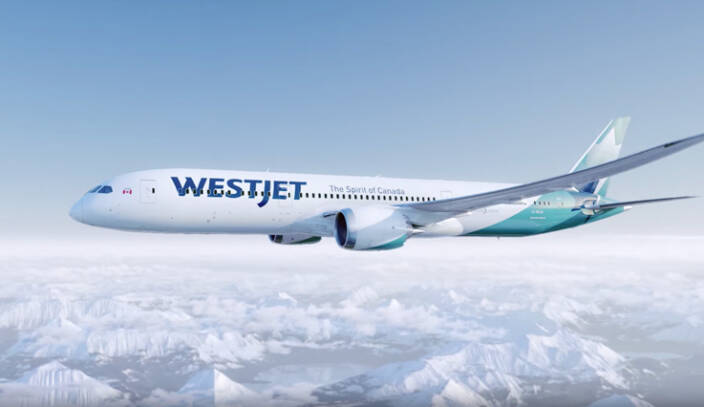



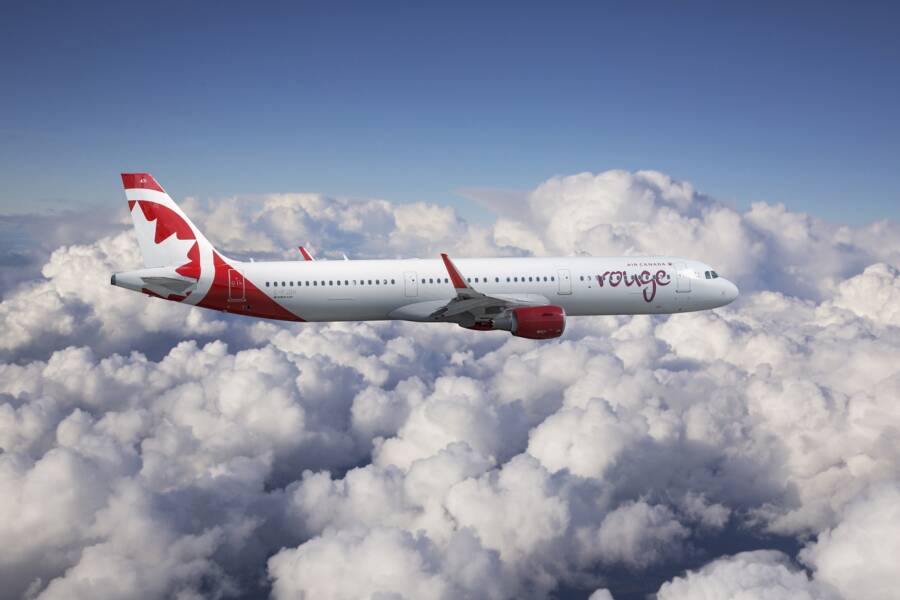



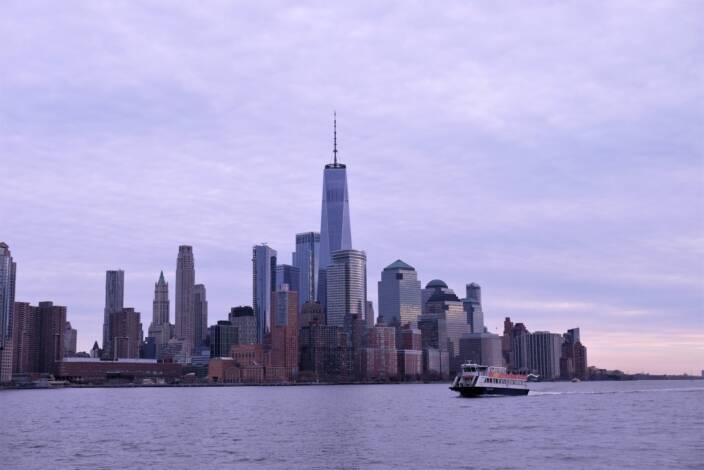

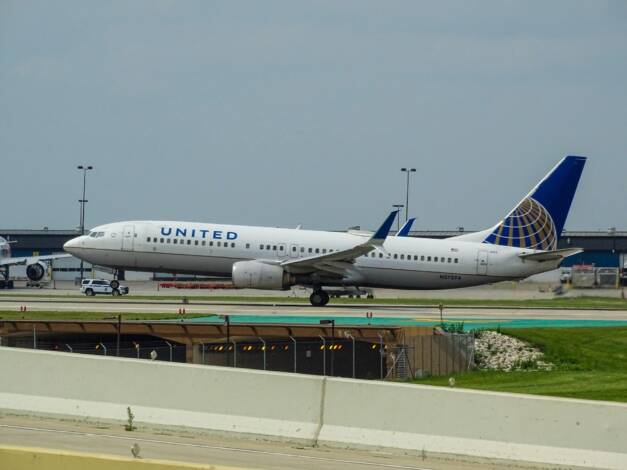




Leave a Reply